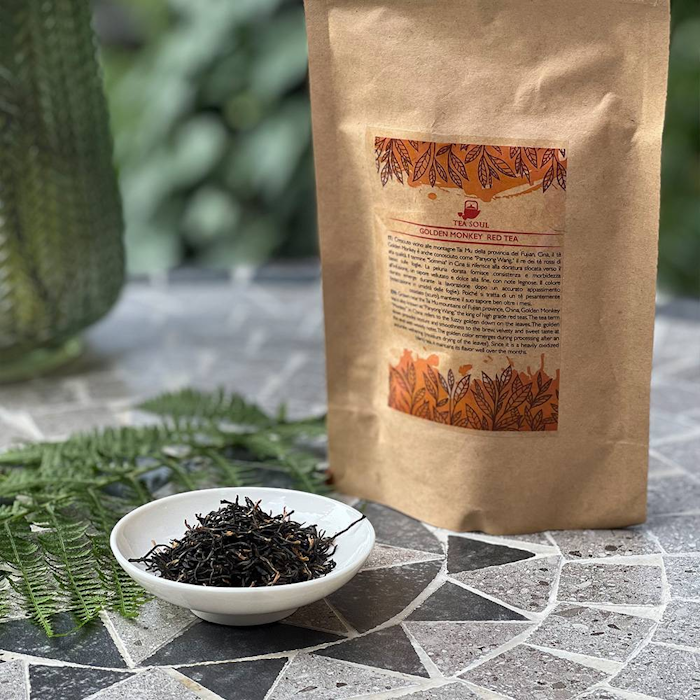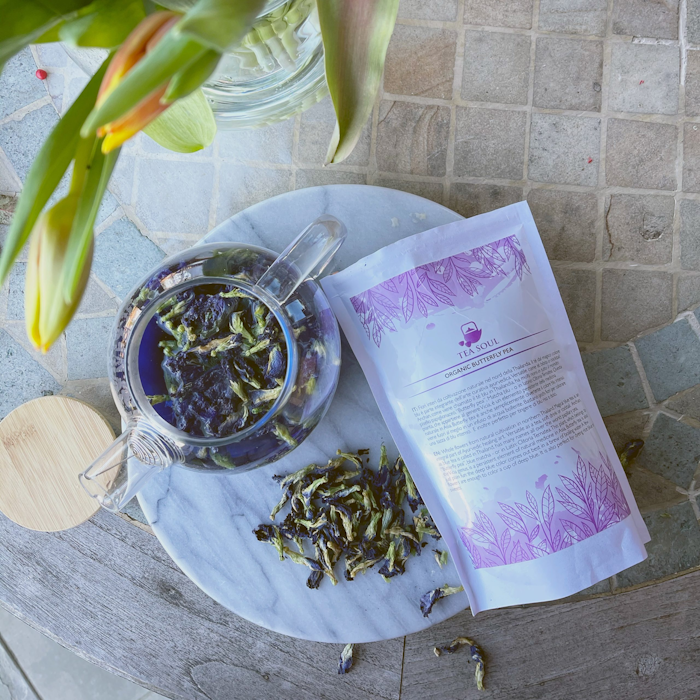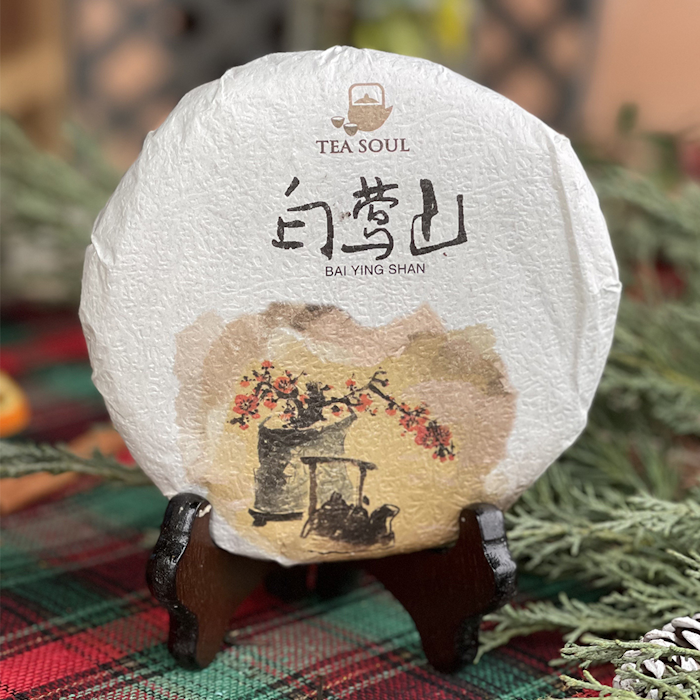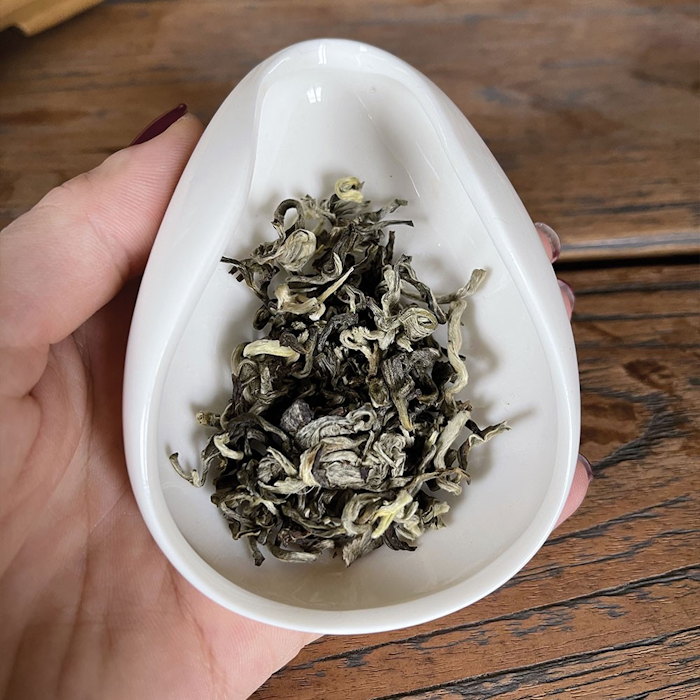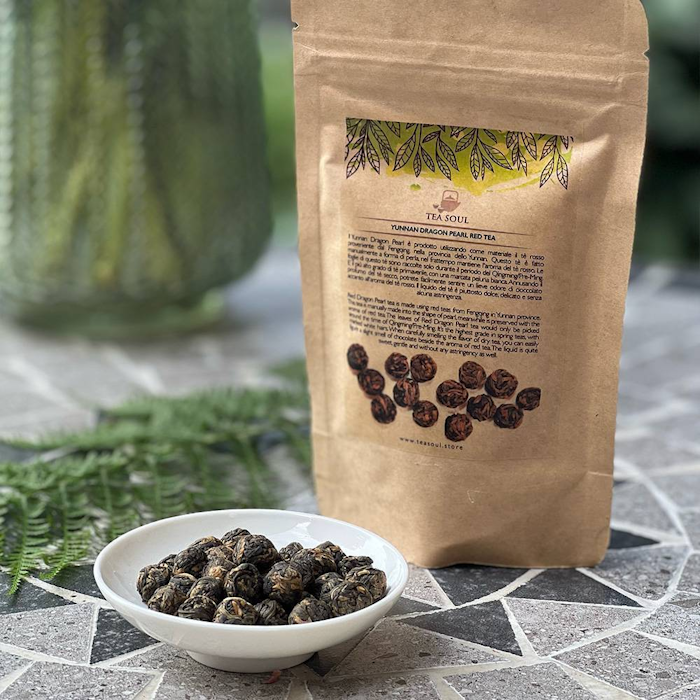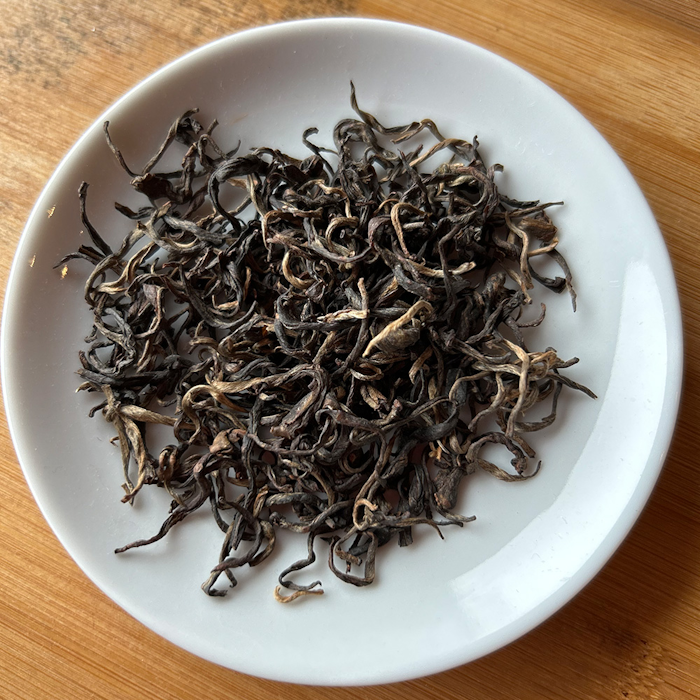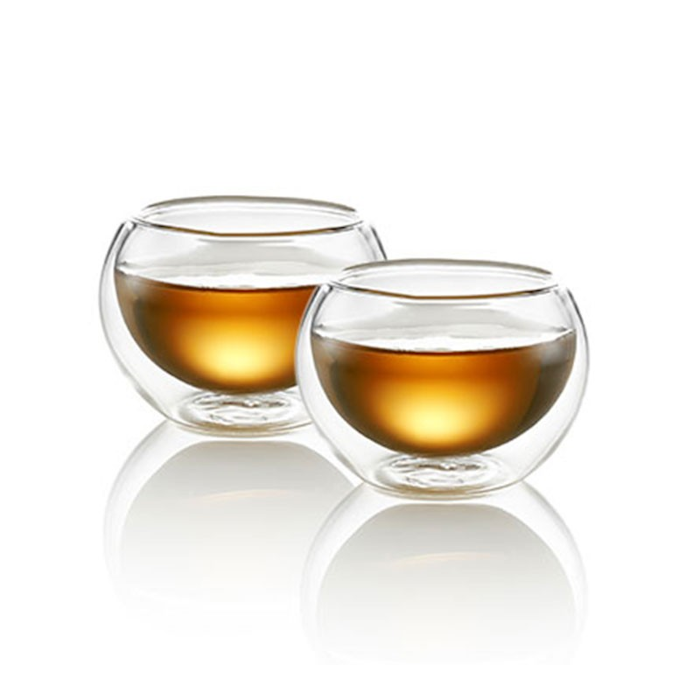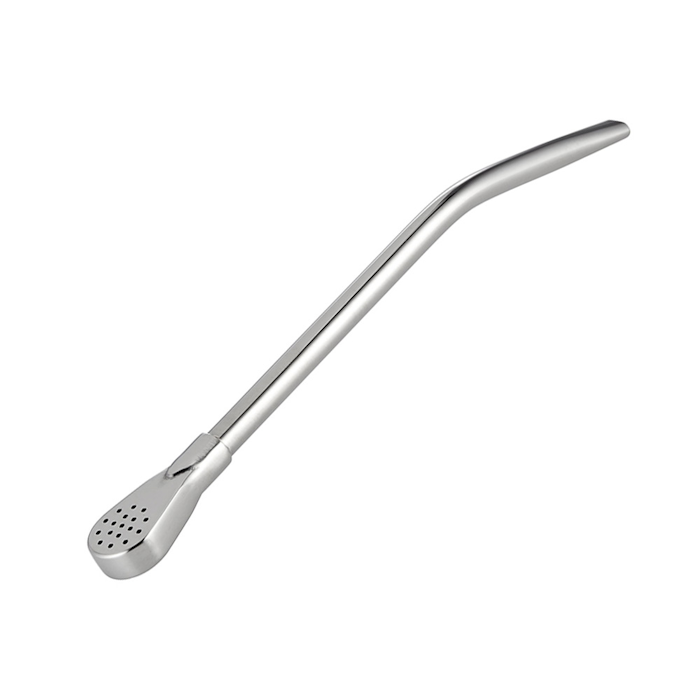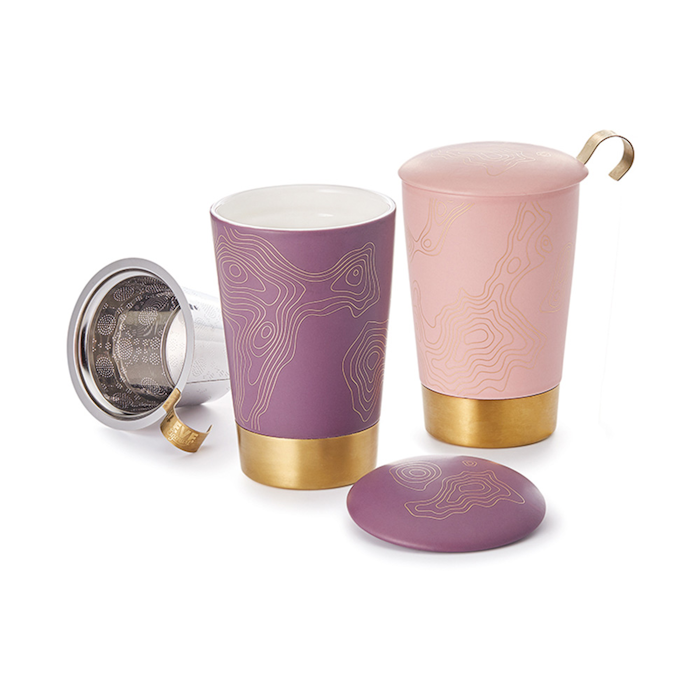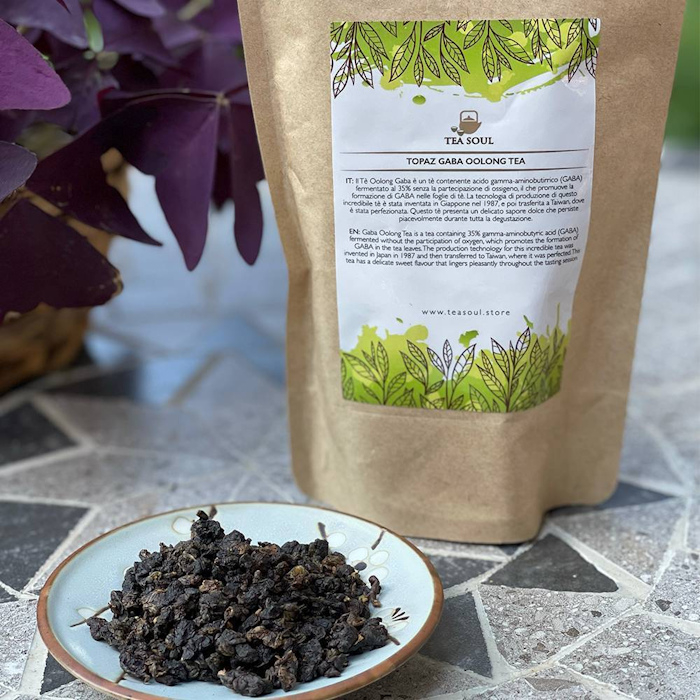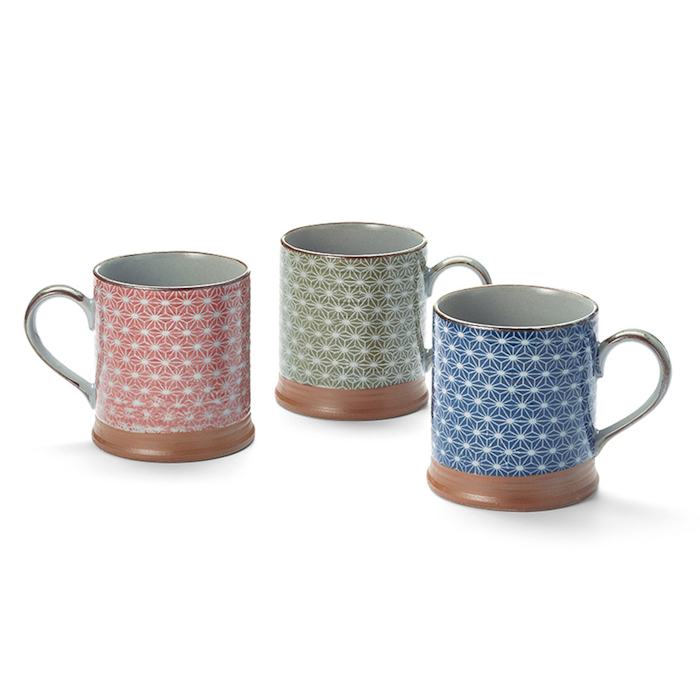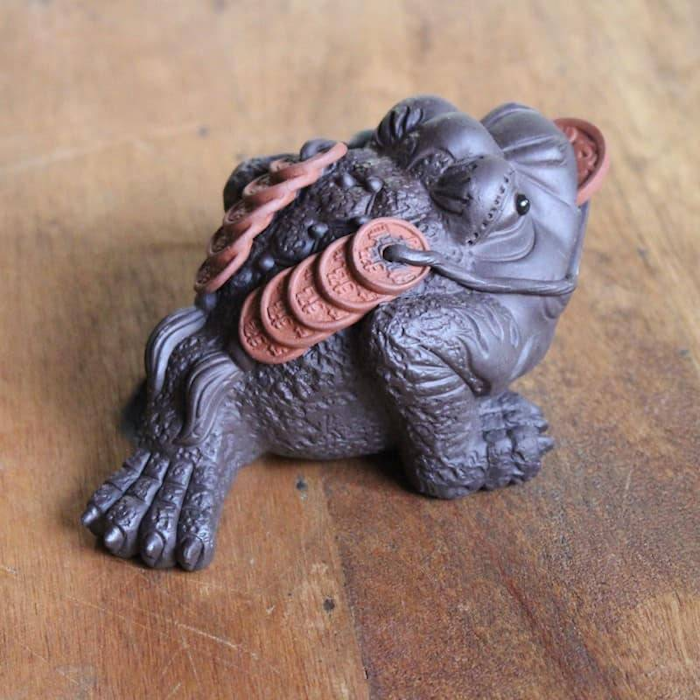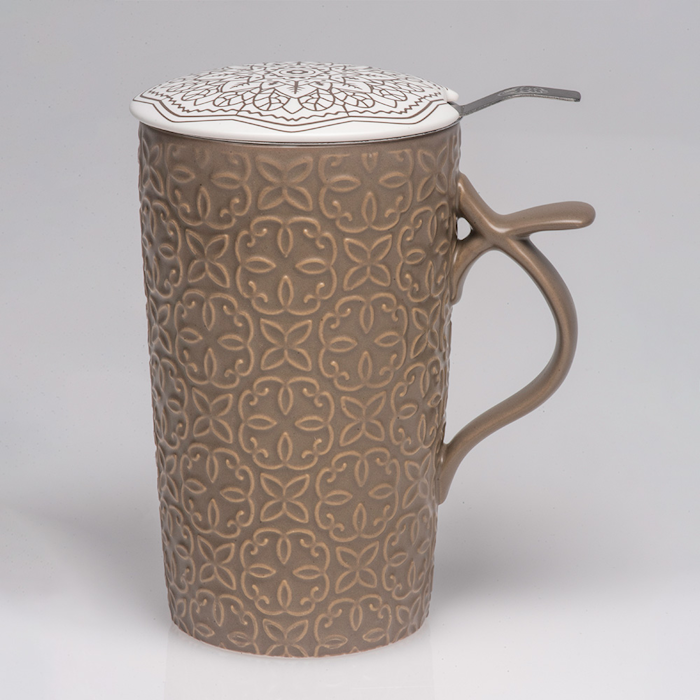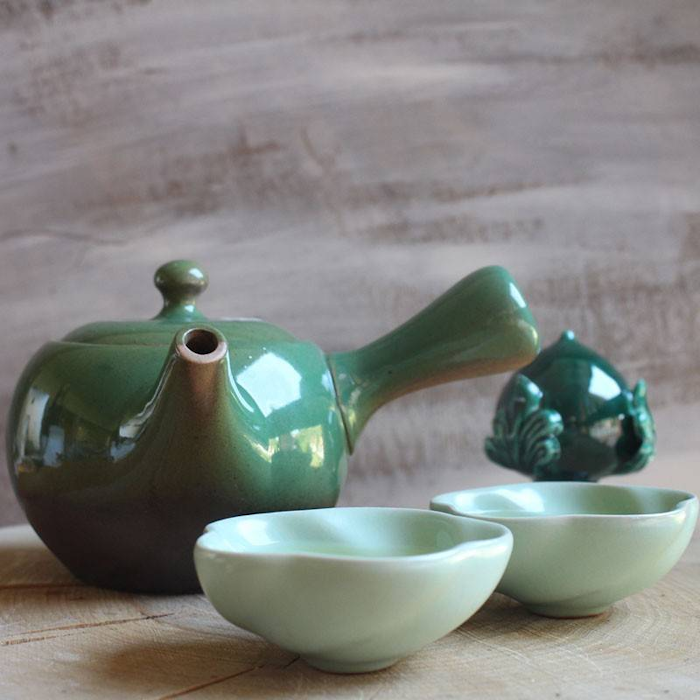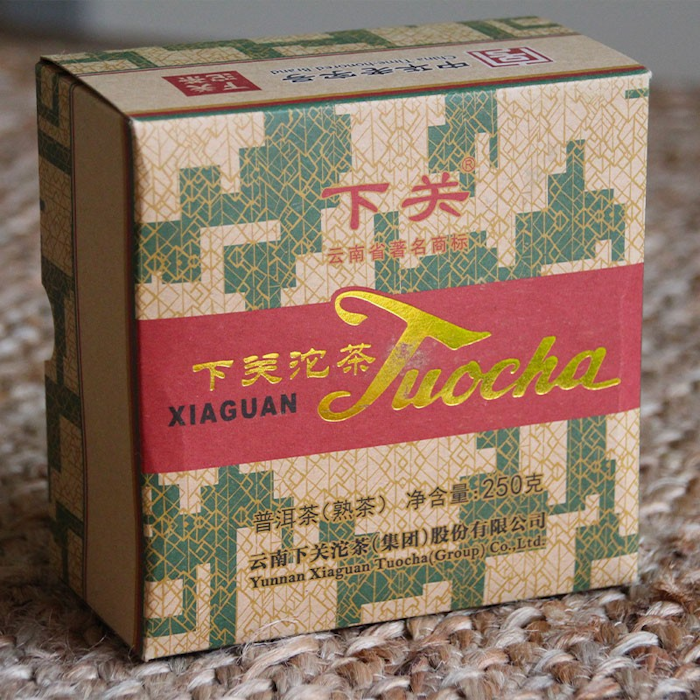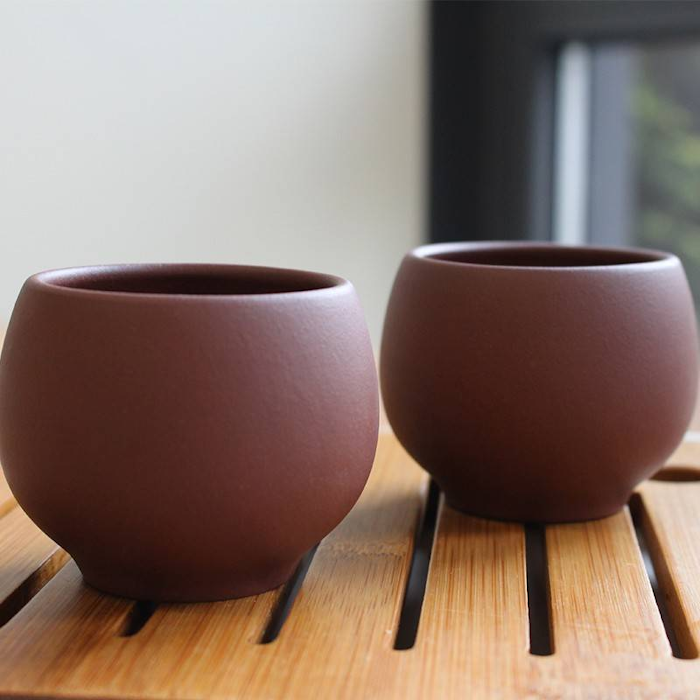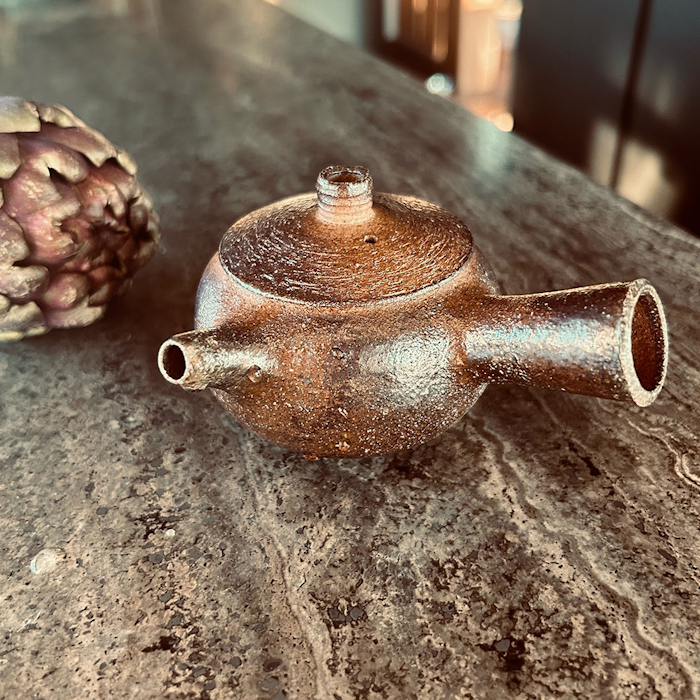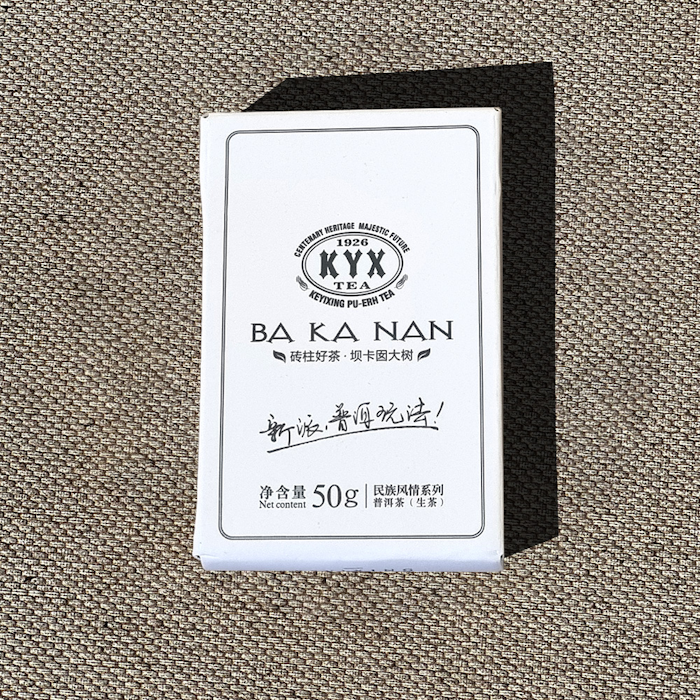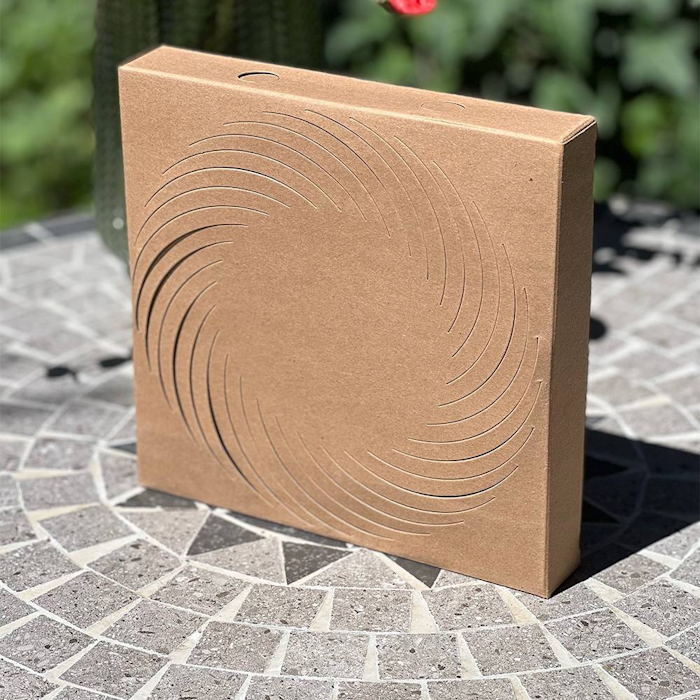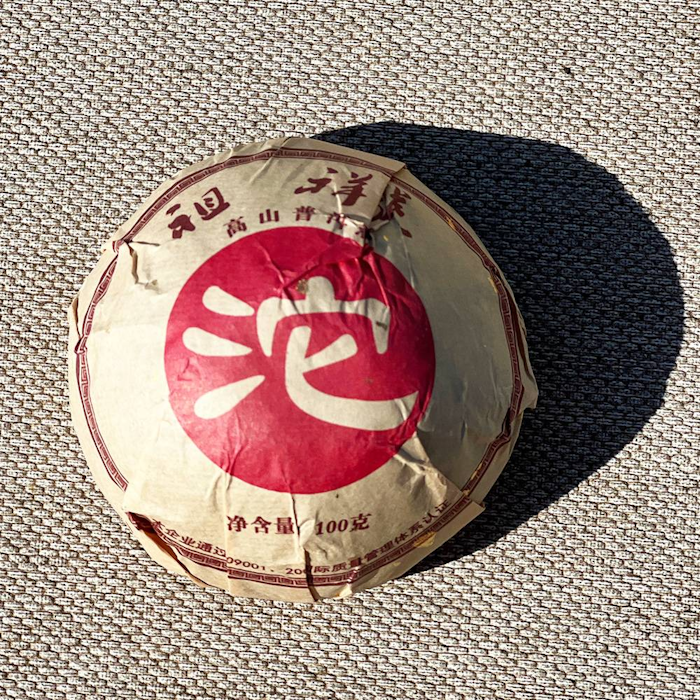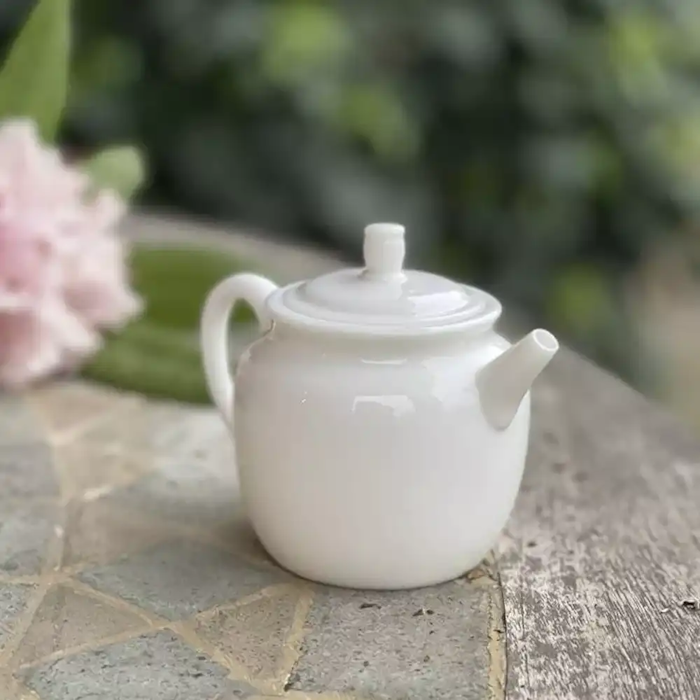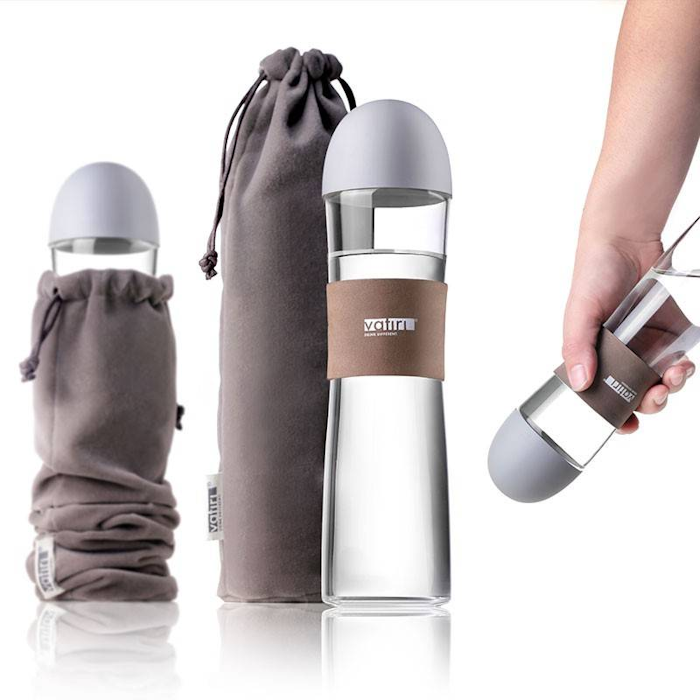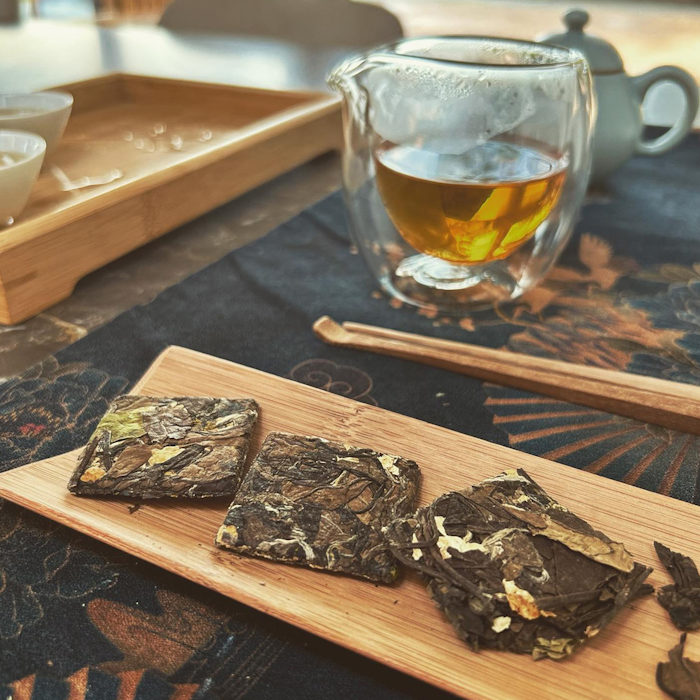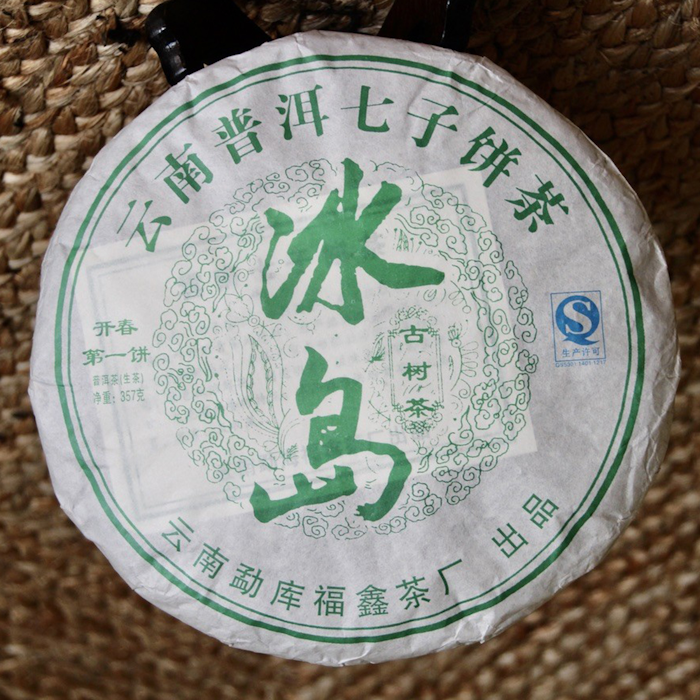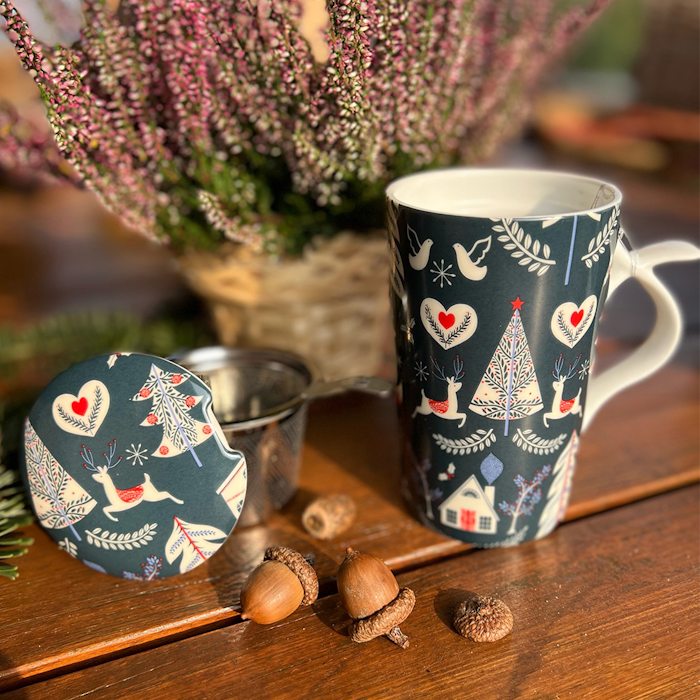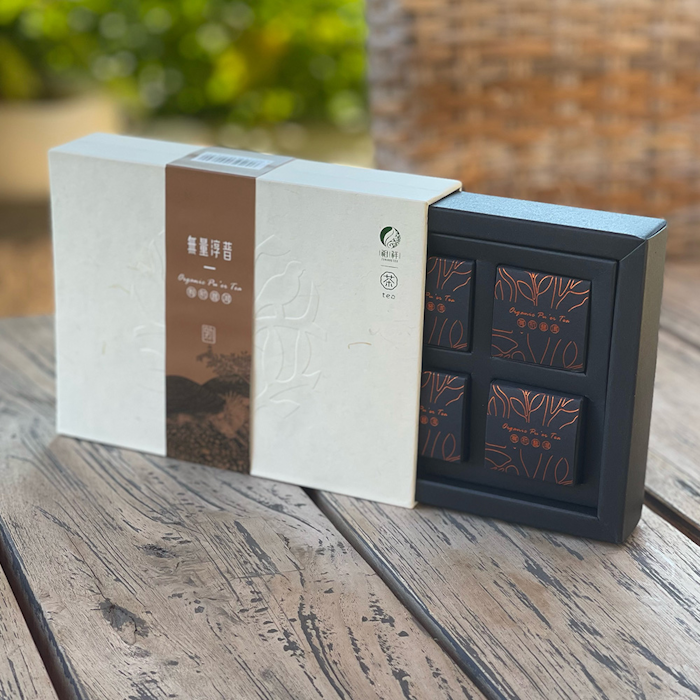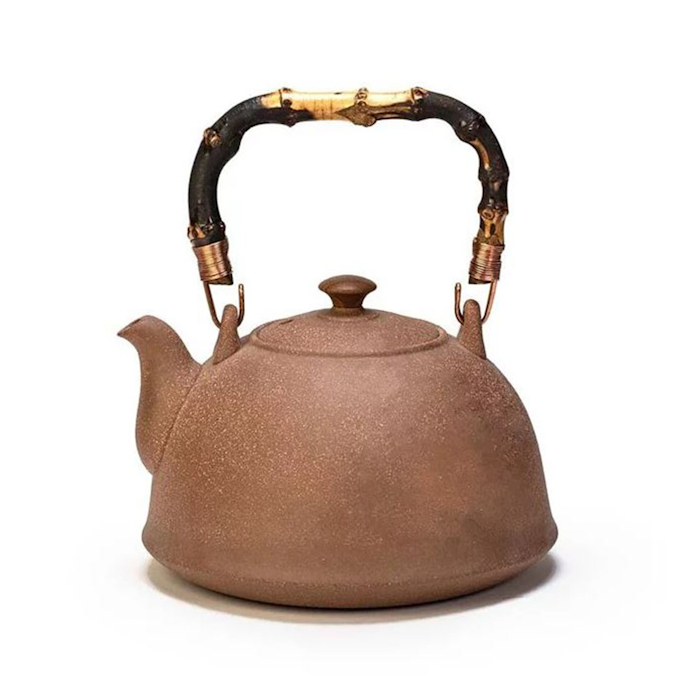The oolong Jade is a low-oxidation oolong tea grown in mainland China at high altitudes. The source gardens for this tea are in the Yunnan region, where the area's high elevations and the retention of moisture by tropical vegetation allow for perfect leaves to be processed as oolong tea.
Another special feature of this tea is that the camellia cultivar from which it is derived is Ruanzhi, which is native to the Anxi areas of Fujian where it is widely used in the production of partially oxidized tea.
The techniques used to process these leaves, moreover, follow the principles in force on the island of Taiwan, which makes low-oxidation oolong, with its characteristic rolled-shaped leaves, its flagship product. Given all these particular premises, the flavor cannot be outdone either: the creamy body and floral and exotic notes of this Jade oolong are indeed reminiscent of Taiwan's low-oxidation oolongs.
Tasting - Sight and Smell
Oolong Jade Tea has buds with large, clustered leaves, with different shades of green with beautiful chiaroscuro contrasts and ochre hues at the stems. On the nose, the wet leaves give off delicate plant aromas, floral notes and roasted notes reminiscent of nuts and peanuts. The liquor in the cup is light yellow, very bright: the body is oily and softly envelops the palate, showing no trace of astringency.
Tasting Notes
GONG FU CHA
The first infusion of Oolong Jade Tea gives light floral notes reminiscent of magnolia and a very delicate and fresh vegetal taste reminiscent of hay. With the second infusion, the buds begin to open up more and the taste also becomes more intense: the white flower notes are now more present and there is a vanilla sweetness reminiscent of custard. With the third and subsequent infusions, which always have floral notes well present, clear notes of sweet tropical fruit and slight vegetal hints now emerge: the body of the tea becomes even denser, recalling the sweetness and butteriness of butter cookies.
TO THE WEST
The first sip of Oolong Jade Tea brings out light vegetal hints, followed by fruitier notes that bring back exotic realities (pineapple). The tea is sweet and creamy on the palate: hints of butter and vanillin are now also discernible, while notes of white flowers and monoi are noticeable in the finish. The floral notes linger, along with a pleasant sugary sweetness.
Location of origin
Wuhe Mountain, Baoshan, Yunnan
Production
After harvesting, the leaves wither in the sun for a few hours before being passed to rest on bamboo trays indoors. From here, oxidation is initiated by manual massaging of the leaf that is performed by the master producer. Given the low oxidation of this Jade oolong (about 20 percent), it will only take a short time before the tea moves to the next stage, where the leaves are placed inside a charcoal-heated kiln to lock in enzymatic activity and fix the product's characteristics. After this kiln phase, the buds are given their final shape by hand, rolling them on themselves and giving them the classic shape of a small sphere so that all the aromas can be better preserved. Once the final drying stage is completed, which will allow the shape of the leaves and the aromas to be fixed, the tea will be ready for consumption.
Preparation
We strongly recommend infusing Jade oolong in the traditional Chinese method (gong fu cha) to best enjoy these leaves. Following this preparation, 5.5 grams of leaves (about 3 teaspoons) can be used in a gaiwan of about 100 ml to obtain multiple infusions with different tastes. After a quick rinse of the leaves in water at 90°C, an initial infusion of 20 seconds can be made, after which, keeping the water at the same temperature, the time can be increased by 10 seconds each time compared to the previous infusion (20 - 30 - 40 ...)
This tea has a longevity of about 6 infusions.
For a classic preparation according to the Western style, we recommend 2 grams of leaves (about 1 teaspoon) in a 150 ml cup with water at 90°C for an infusion time of one and a half minutes.
If you would like to try experimenting with infusions with this tea with different amounts of leaves try to think of the suitable amount to allow the leaf to expand freely in the liquid without being
compressed or hindered in this. By doing so you will make the most of this product without hindering the extraction of the flavor substances.
The tea can be filtered for ease when tasting and also the infusion times given above here are meant to be purely indicative so you can also adjust according to your personal taste.
We recommend storing it in a cool and dry place away from direct sunlight.
The tea can be filtered for ease when tasting.








